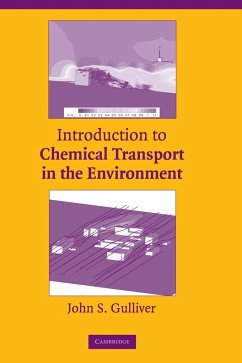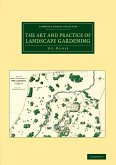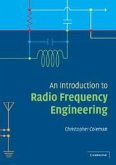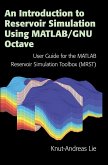This is a textbook concerned with transport and diffusion of chemicals in the environment.
This is a textbook for courses and independent study in environmental and chemical engineering, as well as in many other disciplines concerned with transport and diffusion of all manner of chemicals. Estimating the transport and fate of chemicals released into the environment is an interesting and challenging task. The global environment is large, on the chemical transport and fate scale. This text applies the mathematics of diffusion, turbulent diffusion and dispersion to the atmosphere, lakes, rivers, groundwater and the ocean, as well as transport between these media. The book follows a new educational paradigm of text books, in that it is based upon examples and case studies. The required theory is explained as a solution technique to solve the case studies and example problems. A large portion of the book is dedicated to examples and case studies, from which the important principles are derived.
Table of contents:
Prologue; 1. The global perspective on environmental transport and fate; 2. The diffusion equation; 3. Diffusion coefficients; 4. Mass, heat, and momentum transport analogies; 5. Turbulent diffusion; 6. Reactor mixing assumptions; 7. Computational mass transport; 8. Interfacial mass transfer; 9. Air-water mass transfer in the field; Appendices; References.
This is a textbook for courses and independent study in environmental and chemical engineering, as well as in many other disciplines concerned with transport and diffusion of all manner of chemicals. Estimating the transport and fate of chemicals released into the environment is an interesting and challenging task. The global environment is large, on the chemical transport and fate scale. This text applies the mathematics of diffusion, turbulent diffusion and dispersion to the atmosphere, lakes, rivers, groundwater and the ocean, as well as transport between these media. The book follows a new educational paradigm of text books, in that it is based upon examples and case studies. The required theory is explained as a solution technique to solve the case studies and example problems. A large portion of the book is dedicated to examples and case studies, from which the important principles are derived.
Table of contents:
Prologue; 1. The global perspective on environmental transport and fate; 2. The diffusion equation; 3. Diffusion coefficients; 4. Mass, heat, and momentum transport analogies; 5. Turbulent diffusion; 6. Reactor mixing assumptions; 7. Computational mass transport; 8. Interfacial mass transfer; 9. Air-water mass transfer in the field; Appendices; References.








